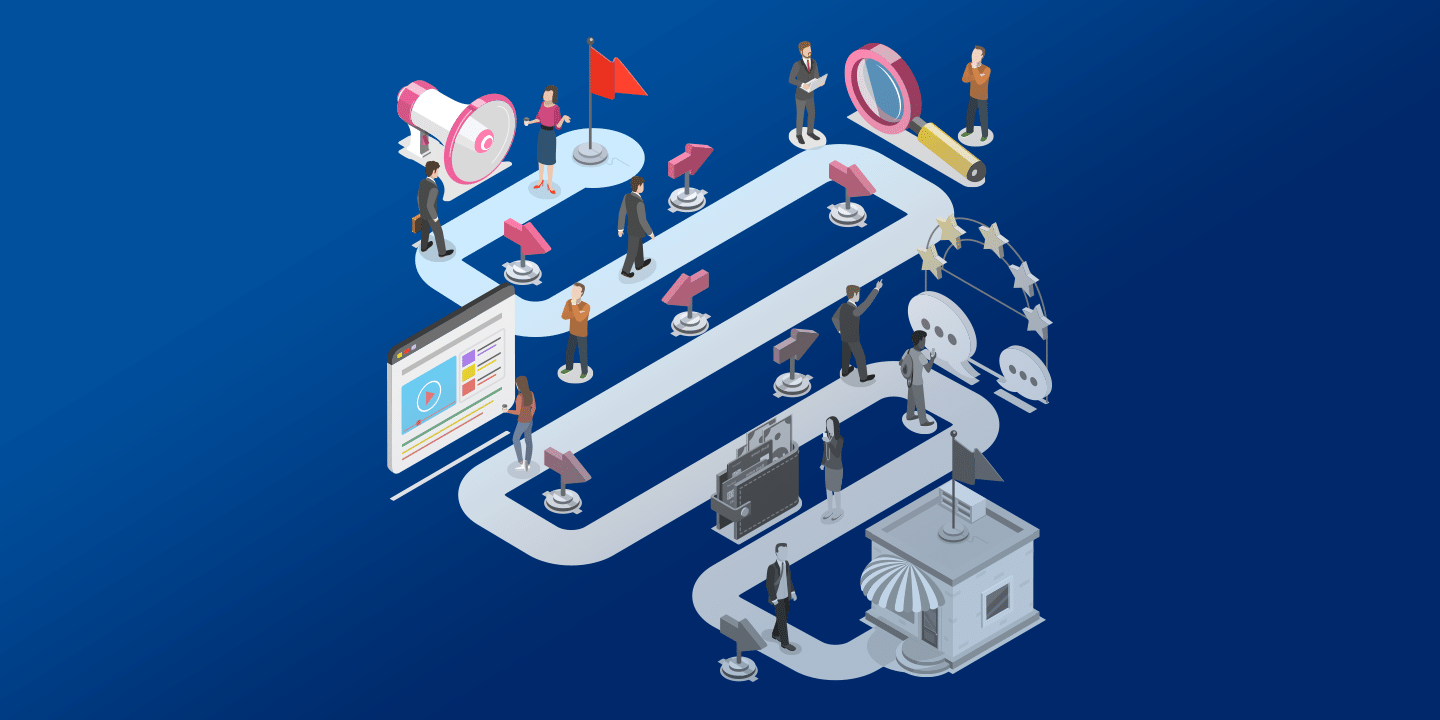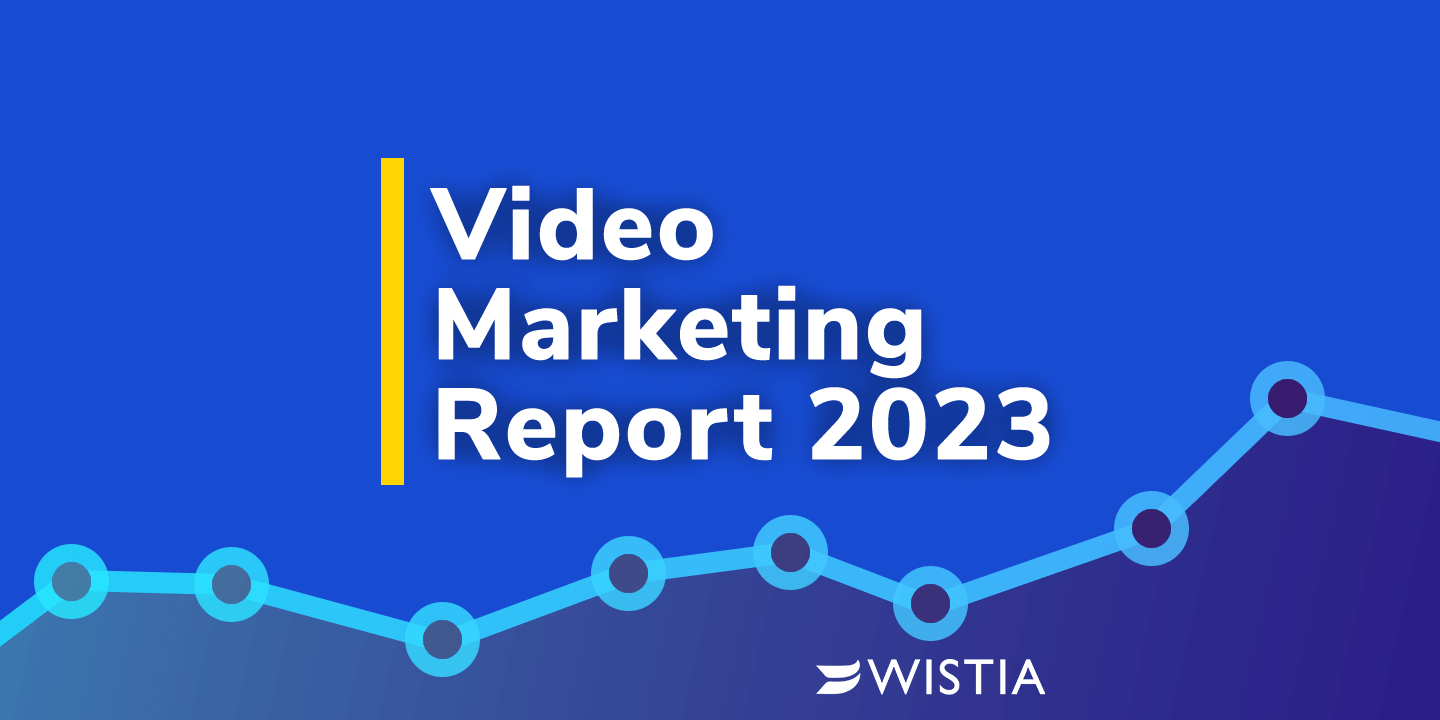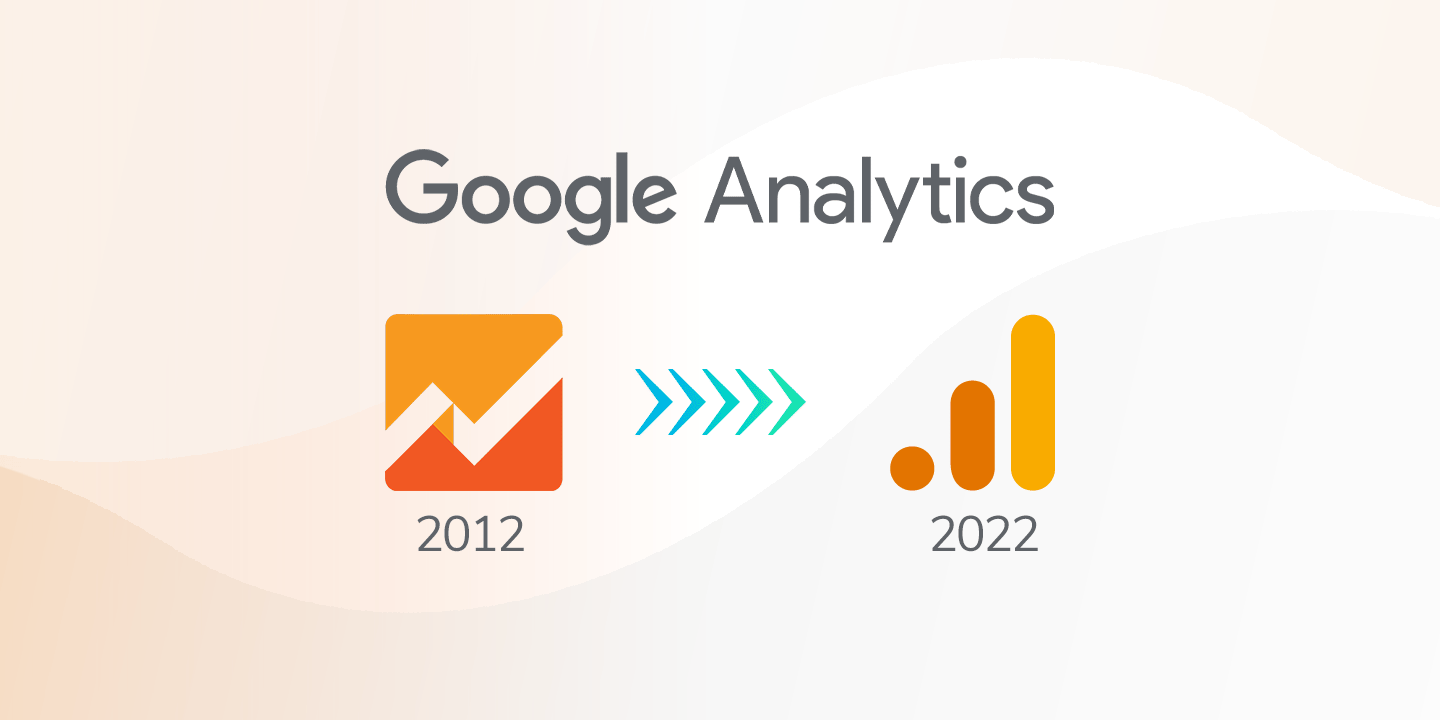I’ve been in the B2B SaaS space for nearly a decade and throughout that time the primary goal set before me has always been to grow revenue. There’s a variety of projects I’ve executed to achieve this but the majority involved building, launching, and managing marketing campaigns with budgets from as little as zero to well into the six figures.
Over the past few years I’ve started to question where B2B sales and marketing would go, especially with the increased privacy regulations that are directly affecting advertising capabilities.
I came across this Harvard Business Review article with an attention grabbing title: Traditional B2B Sales and Marketing Are Becoming Obsolete. It’s core argument is that the problem with B2B sales and marketing teams is that they operate linearly.
Brent Adamson argues that even advanced account-based marketing approaches remain very much linear “first scaled digital engagement, followed by targeted seller interaction”. Essentially, prospective buyers are forced to go through the same stage-by-stage process throughout the pipeline.
Sales and marketing teams have been pushed to become more integrated so that they can provide a seamless customer buying journey and align metrics and data.
A Gartner survey asked how people involved in purchasing software solutions at their organization spent their time during the purchasing process and found that 17% of their total buying time was spent interacting directly with supplier sales teams, 27% learning independently online, 18% learning independently offline, and 22% building consensus among internal stakeholders.
That 17% spend on interacting with suppliers is not per-supplier, but total suppliers. So if three vendors are competing for that business, they are splitting up that 17% and if splitting that time equally, a vendor’s sales team only gets about 5.5% of the buyers time.
That’s a pretty small window of time and highlights what seems to be the biggest challenge facing sales leaders – lack of access to influence customer buying behavior.
How are B2B buyers purchasing today?
Speaking to a sales person has been the primary channel available to a buyers throughout their journey. Brent writes that a survey of over 1000 B2B buyers revealed that they are relying much more on digital information (supplier’s website) to gather key buying information in order to advance purchasing decisions.
Key Buying Information
- Problem Identification
- Solution Exploration
- Requirements Building
- Supplier Selection
Buyers never really wanted to speak with a salesperson, but did it out of necessity to get information they needed. Since much of that key buying information is now readily available online, sales people are no longer the focal point to customers.
“The companies that provide customers the information they most urgently seek, specifically through the channels they most clearly prefer, are in a far better position to drive commercial success in today’s rapidly evolving digital commercial landscape.”
Adamson, Brent. “Traditional B2B Sales and Marketing Are Becoming Obsolete” Harvard Business Review, Feb. 1, 2022
Rep-free buying experience is a generation shift
Sales people are driven to engage with prospective buyers, but with buyers moving towards gathering their information outside of speaking with salesperson presents a challenge to sales leaders. What’s driving this?
In that same survey, 43% of respondents preferred a rep-free buying experience, and when segmenting those responses by generation, 29% were from Baby Boomers while 54% were Millennials. This quantitative data coincides with the qualitative experience that together indicates generational shift in buying behavior over the next five to ten years.
Brent argues that B2B sales and marketing should see the customer journey as a single hand off from marketing to sales. That today’s buyers seeking sales rep input at various stages throughout a deal but return to digital as their preferred way to validate their buying decisions. In this paradigm, marketing and sales need to go beyond a linear “handoff” process.




One Response